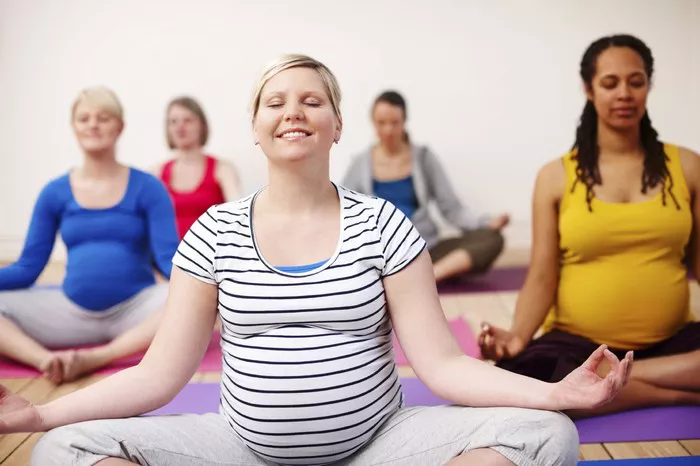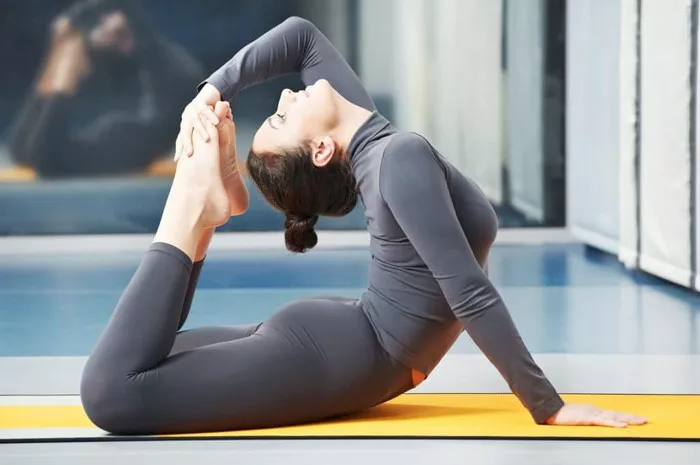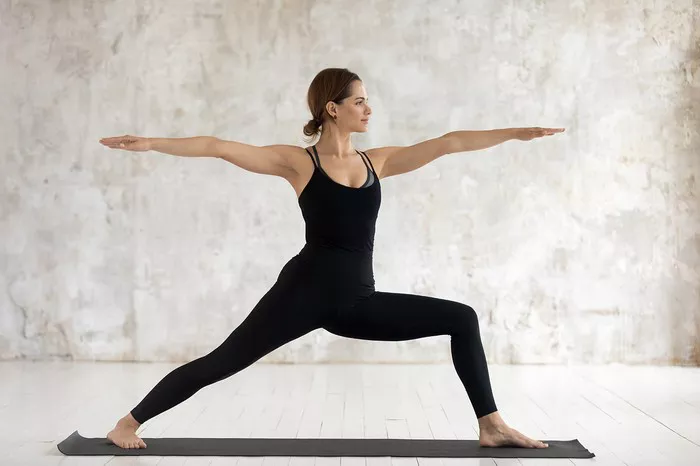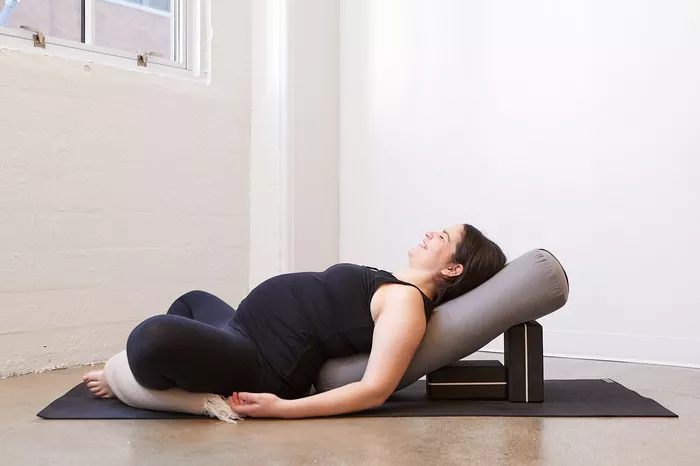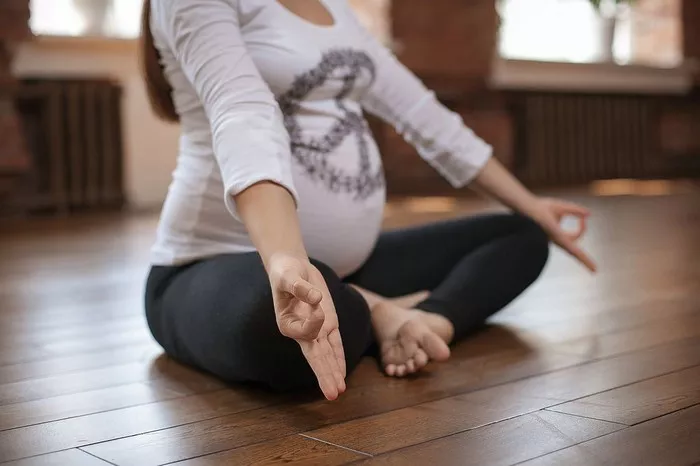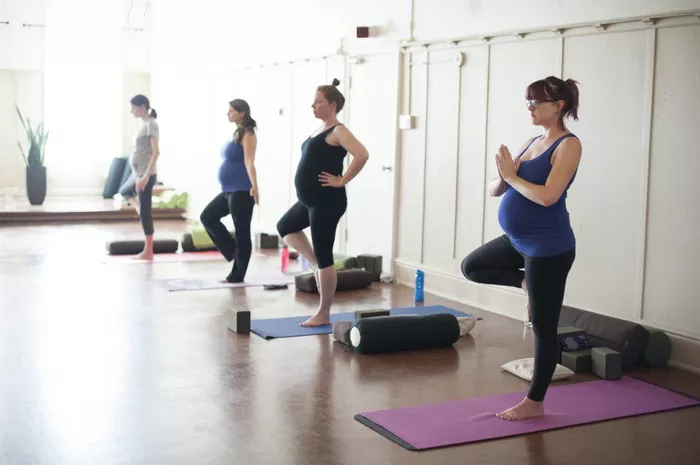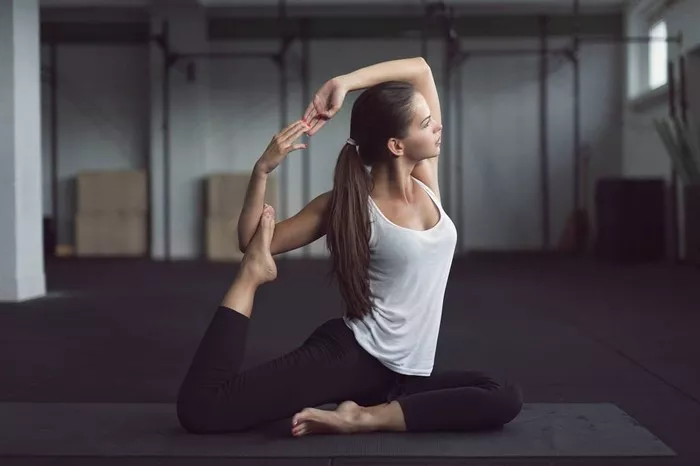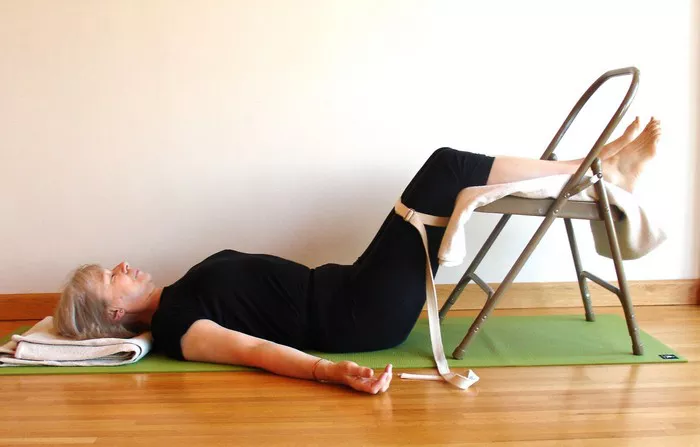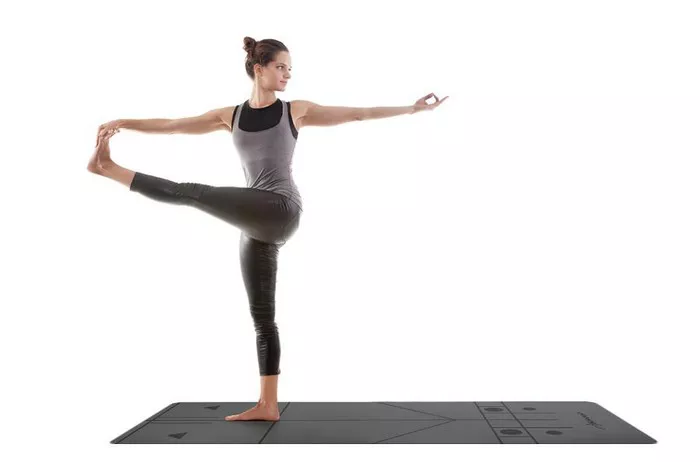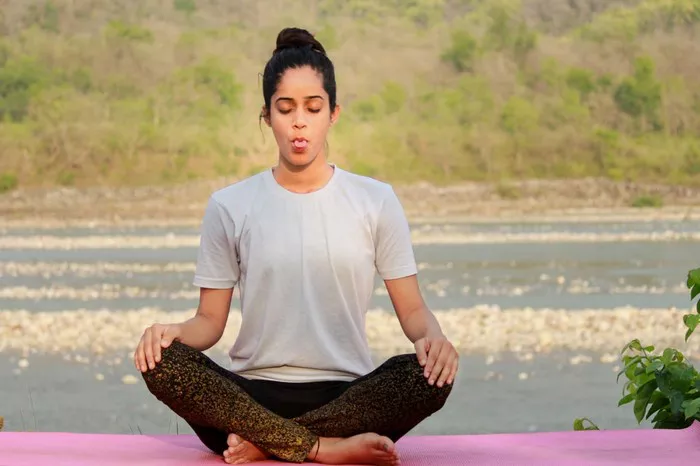Anti-Gravity Yoga, a unique and dynamic practice blending traditional yoga with aerial techniques, has quickly gained popularity across the world for its numerous physical and mental health benefits. It offers practitioners the opportunity to explore new ways to stretch, strengthen, and relax their bodies, all while defying gravity in a suspended hammock or fabric. But who is the founder of Anti-Gravity Yoga, and what led to the creation of Anti-Gravity Yoga? In this article, we will explore the history, founder, and evolution of Anti-Gravity Yoga, its benefits, and its place in the world of modern fitness and yoga.
The Origins of Anti-Gravity Yoga
To understand the origins of Anti-Gravity Yoga, we must first explore the roots of aerial yoga itself. Aerial yoga is a practice that uses a hammock, silk fabric, or other suspension systems to support the practitioner during various poses and exercises. This form of yoga combines elements of traditional yoga, Pilates, dance, and acrobatics, allowing for a unique and engaging experience.
While aerial yoga has been practiced in various forms for centuries, it gained a renewed interest in the 21st century due to the development of modern aerial fitness techniques. In particular, the fusion of yoga with aerial arts led to the rise of Anti-Gravity Yoga.
The Emergence of Anti-Gravity Fitness
Anti-Gravity Yoga is a modern variation of aerial yoga, and its origins are closely tied to the development of Anti-Gravity Fitness, a system created by Christopher Harrison in 2007. Harrison, a former gymnast, dancer, and Broadway choreographer, combined his extensive background in physical fitness, acrobatics, and performance arts to create a comprehensive fitness method that allowed practitioners to “defy gravity” through various forms of suspension training.
Harrison’s passion for movement and human anatomy led him to explore ways to create a fitness regimen that was both effective and accessible to a broad audience. He recognized the limitations of traditional fitness routines and wanted to provide a way for people to engage in a workout that was fun, challenging, and capable of improving flexibility, strength, and balance.
Thus, Anti-Gravity Fitness was born, and it quickly gained popularity among fitness enthusiasts. As part of the system, Anti-Gravity Yoga was designed to integrate traditional yoga poses with the benefits of suspension, allowing practitioners to deepen their stretches, improve core strength, and decompress their spine in a way that was impossible with conventional yoga alone.
Christopher Harrison: The Visionary Behind Anti-Gravity Yoga
The driving force behind the creation of Anti-Gravity Yoga is Christopher Harrison, a visionary who sought to redefine the way people approached fitness and wellness. Harrison’s background as a dancer and gymnast played a significant role in shaping his understanding of human movement and the importance of combining strength with flexibility.
Christopher Harrison’s Early Life and Career
Christopher Harrison’s journey into the world of movement and fitness began in his youth. He was an accomplished gymnast and dancer, and his passion for the arts led him to pursue a career in performing arts. His expertise in choreography and stage performance eventually brought him to the Broadway stage, where he worked as a choreographer for a number of high-profile productions.
Despite his success in the world of theater and dance, Harrison became increasingly interested in the potential for movement to serve as a tool for both artistic expression and physical wellness. He realized that traditional fitness routines often lacked the creativity and holistic approach that he had come to appreciate through his years of training in dance and gymnastics.
Developing the Anti-Gravity Concept
Harrison’s vision for a new fitness system that combined the benefits of suspension training with traditional forms of exercise took shape when he began experimenting with aerial arts. He saw the potential to create a system that could support the body in a way that reduced the strain on joints and muscles while also providing an opportunity to increase strength, flexibility, and overall health.
In 2007, Harrison officially founded Anti-Gravity, a company dedicated to the development of aerial fitness systems. The key component of Anti-Gravity Yoga, the hammock or fabric, was designed to allow practitioners to hang, twist, and stretch in ways that are simply not possible in conventional yoga. By using the hammock as a support system, Harrison was able to create a practice that incorporated both aerial techniques and the ancient wisdom of yoga.
The Core Principles of Anti-Gravity Yoga
Anti-Gravity Yoga is based on several key principles that aim to improve the practitioner’s physical and mental well-being. Some of the core concepts include:
Suspension and Alignment: The use of the hammock helps to create a sense of weightlessness and allows practitioners to stretch deeply, without the compression typically felt in traditional yoga poses. This suspension also encourages proper alignment of the spine and joints, reducing the risk of injury.
Core Strength: Many Anti-Gravity Yoga poses require the use of core muscles to stabilize the body while suspended in the air. This helps strengthen the abdominal muscles and the deeper muscles of the torso, which can lead to improved posture and greater overall strength.
Flexibility: The hammock allows for deeper stretches that are difficult to achieve with standard yoga mats. By using the hammock as support, practitioners can safely deepen their flexibility while reducing the strain on their muscles and joints.
Spinal Decompression: One of the most significant benefits of Anti-Gravity Yoga is the ability to decompress the spine. In traditional yoga, poses like forward folds and backbends can help stretch the spine, but Anti-Gravity Yoga takes it to the next level by allowing the practitioner to fully release tension and decompress the vertebrae, promoting a healthier spine.
Mental Clarity: Like other forms of yoga, Anti-Gravity Yoga is not just about physical health. The practice also emphasizes mindfulness and mental clarity. The combination of movement, breathing, and suspension helps practitioners achieve a sense of relaxation and inner peace, reducing stress and improving emotional well-being.
The Benefits of Anti-Gravity Yoga
Anti-Gravity Yoga offers a wide range of physical and mental health benefits that appeal to people of all ages and fitness levels. Here are some of the key advantages:
1. Improved Flexibility and Mobility
One of the primary benefits of Anti-Gravity Yoga is its ability to improve flexibility and joint mobility. By using the hammock to support the body, practitioners can safely perform deep stretches that target areas like the hamstrings, hips, and back. The suspension system allows for a greater range of motion, which can lead to increased flexibility over time.
2. Core Strength and Stability
Many Anti-Gravity Yoga poses require the use of the core muscles to maintain balance and stability while suspended in the air. These poses help strengthen the abdominals, obliques, and lower back muscles, contributing to better posture, balance, and overall strength.
3. Spinal Decompression and Pain Relief
One of the standout features of Anti-Gravity Yoga is its ability to decompress the spine. The hammock allows practitioners to gently traction the spine, which can alleviate pressure on the vertebrae and discs. This makes it an excellent practice for those suffering from back pain, as it provides relief from compression and promotes spinal health.
4. Enhanced Circulation and Detoxification
Anti-Gravity Yoga’s inversion poses can help improve circulation by allowing blood to flow more freely throughout the body. This increased blood flow can help nourish cells, enhance detoxification, and promote overall vitality.
5. Stress Relief and Mental Clarity
Like traditional yoga, Anti-Gravity Yoga encourages mindfulness and breath control, which can have a calming effect on the mind. The combination of movement, deep breathing, and the gentle rocking of the hammock creates a peaceful environment that promotes relaxation and reduces stress.
The Growth of Anti-Gravity Yoga
Since its inception in 2007, Anti-Gravity Yoga has experienced rapid growth, with studios offering specialized classes in cities across the globe. The practice has become a popular alternative to traditional yoga, attracting those looking for a fun and challenging way to improve their fitness.
The unique combination of yoga, acrobatics, and aerial techniques has attracted a diverse range of practitioners, including fitness enthusiasts, athletes, and those seeking a new form of stress relief. Anti-Gravity Yoga’s accessibility, combined with its fun and playful nature, has made it a popular choice for people of all ages and fitness levels.
Conclusion
Christopher Harrison, the founder of Anti-Gravity Yoga, has created a revolutionary fitness practice that has transformed the way people approach yoga and physical wellness. By combining traditional yoga principles with the innovative use of suspension, Harrison has developed a practice that offers numerous physical and mental health benefits. Whether you’re seeking to improve flexibility, build core strength, or decompress your spine, Anti-Gravity Yoga provides a unique and engaging way to enhance your well-being. Through his work, Harrison has introduced a new frontier in the world of yoga and fitness, helping people around the world achieve greater balance, strength, and peace of mind.
Related Topics:

